Disclosure: This article contains affiliate links. We may earn a commission from purchases at no extra cost to you, which helps our travel content.
There's something mesmerizingly rhythmic about America's heartland that reminds me of geothermal patterns—predictable yet uniquely beautiful in each iteration. After years of documenting erupting geysers across continents, I found myself drawn to a different kind of natural pattern: the agricultural cycles that have shaped our nation. My database administrator's mind has always been fascinated by systems, and few are more intricate than the agricultural heritage of places like Waterloo, Iowa. This modest Midwest city, often overlooked on travel itineraries, holds a rich tapestry of farming history, industrial innovation, and cultural resilience that deserves thoughtful exploration. Whether you're introducing children to America's agricultural roots or seeking a budget-friendly weekend of authentic cultural immersion, Waterloo offers a surprisingly meditative journey through the rhythms that have fed our nation for generations.
The John Deere Experience: Where Agriculture Meets Innovation
My first stop in Waterloo was the John Deere Tractor & Engine Museum, a site I approached with the same reverence others might reserve for art galleries. The museum sits on the grounds of the original Waterloo Boy Tractor Company, which John Deere acquired in 1918, marking its pivotal entry into the tractor business.
What struck me immediately was how the museum balances technical precision with human stories. As someone who spends his days organizing data, I appreciated the meticulous chronology of agricultural innovation. The evolution of tractor design follows a pattern not unlike the predictable yet ever-changing cycles I've documented in geothermal fields—each iteration solving problems of the previous while creating new possibilities.
The interactive displays are particularly engaging for families. I watched as children climbed into modern tractor cabs, their faces illuminated by dashboard screens more complex than many computer setups I've managed. There's something profoundly educational about placing your hands on the actual controls that help feed a nation.
The manufacturing experience section offers a fascinating glimpse into production methods that have evolved over a century. The precision reminds me of database architecture—every component serving a specific purpose, the whole system failing if even one element is out of place.
Before leaving, I spent time in the museum store and purchased a small die-cast tractor that now sits on my desk in Nice, a mechanical counterpoint to the organic patterns of the Mediterranean outside my window.
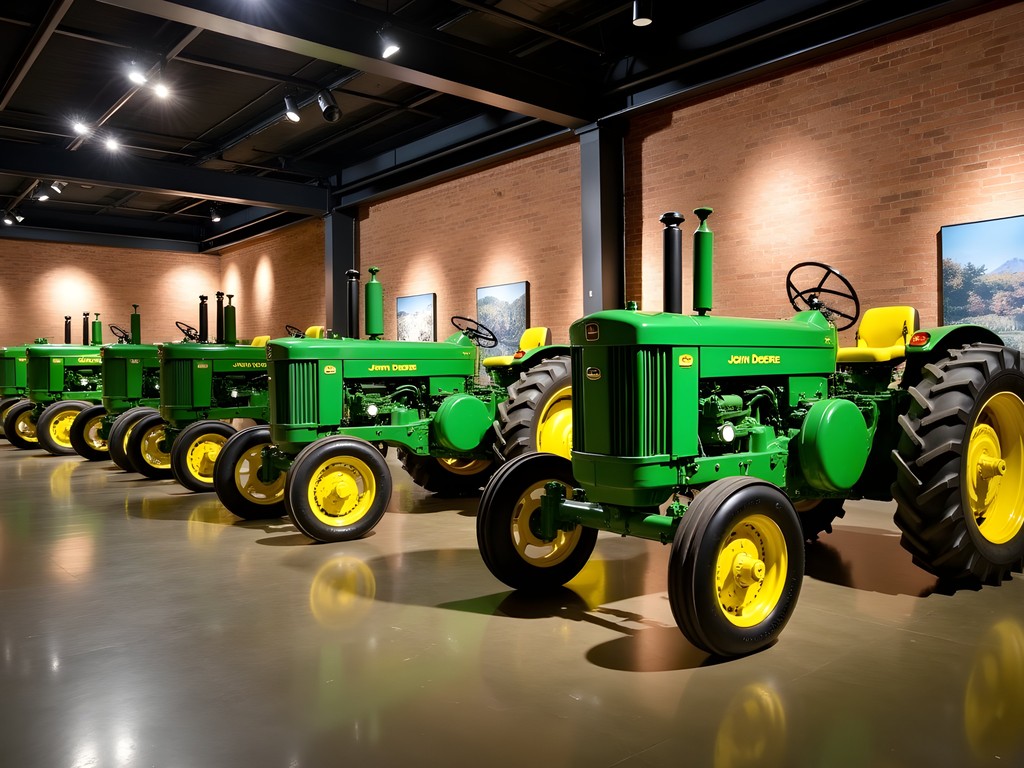
💡 Pro Tips
- Visit on weekday mornings to avoid weekend crowds
- Allow at least 2 hours to fully experience all exhibits
- The free guided tours at 10am provide valuable context about agricultural innovation
Grout Museum District: Where Past Patterns Meet Present Understanding
The five museums comprising the Grout Museum District function much like a well-designed database—each entity storing specialized information while being interconnected through the broader narrative of Iowa's development. As someone who has spent decades organizing information systems, I found the district's approach to cultural preservation remarkably effective.
The Sullivan Brothers Iowa Veterans Museum proved unexpectedly moving. The museum honors the five Sullivan brothers who died when their ship was torpedoed during WWII, leading to the military's "sole survivor policy." Their story is told through interactive exhibits that balance technical military history with deeply personal narratives.
For families with children, I recommend beginning at the Bluedorn Science Imaginarium. The hands-on exhibits demonstrating scientific principles reminded me of the predictable yet wondrous patterns I observe in geothermal fields. Children were particularly engaged with the weather station and bubble exhibits, their faces showing that particular expression that appears when understanding clicks into place—a look I've seen countless times when demonstrating database concepts to new team members.
I found myself taking extensive notes at the Rensselaer Russell House Museum, an 1861 Italianate mansion preserved with remarkable attention to detail. The docent noticed my careful documentation and shared additional information about the home's heating systems and architectural innovations—details that might escape casual visitors.
Navigating between museums is straightforward, though I recommend using a pocket guidebook to maximize your experience. I found mine invaluable for planning efficient routes between sites and identifying the most age-appropriate exhibits for family visitors.

💡 Pro Tips
- Purchase the combination ticket for all five museums to save significantly
- The district is walkable, but plan your route to minimize backtracking
- Wednesday afternoons often feature special demonstrations for children
Farm to Table: Experiencing Waterloo's Agricultural Bounty
Understanding agricultural heritage extends beyond museums and into the very fabric of daily life in Waterloo. The Downtown Waterloo Farmers Market operates with the same cyclical reliability as the geothermal features I typically document, yet with seasonal variations that make each visit unique.
Visiting on a Saturday morning, I was struck by the data-rich environment—each vendor representing generations of agricultural knowledge, each product the result of carefully optimized growing conditions. I spoke with a third-generation farmer selling heirloom tomato varieties, his descriptions of soil composition and weather patterns as precise and technical as any database schema I've developed.
Families should make time for the interactive demonstrations often held at the market. During my visit, children gathered around a butter-churning station, their expressions shifting from skepticism to wonder as cream transformed before their eyes. These hands-on experiences provide context that no textbook can match.
For lunch, I recommend SingleSpeed Brewing, housed in the repurposed Wonder Bread factory. The restoration maintains industrial elements while creating a welcoming space that honors the building's manufacturing heritage. Their menu features ingredients sourced from many of the same farmers I'd met at the market that morning, creating a satisfying data loop of local production and consumption.
To fully capture your family's Waterloo culinary experiences, consider bringing a travel journal to document memorable meals and conversations. I've found that recording these details creates a richer travel narrative than photographs alone, especially when exploring a region's agricultural traditions.
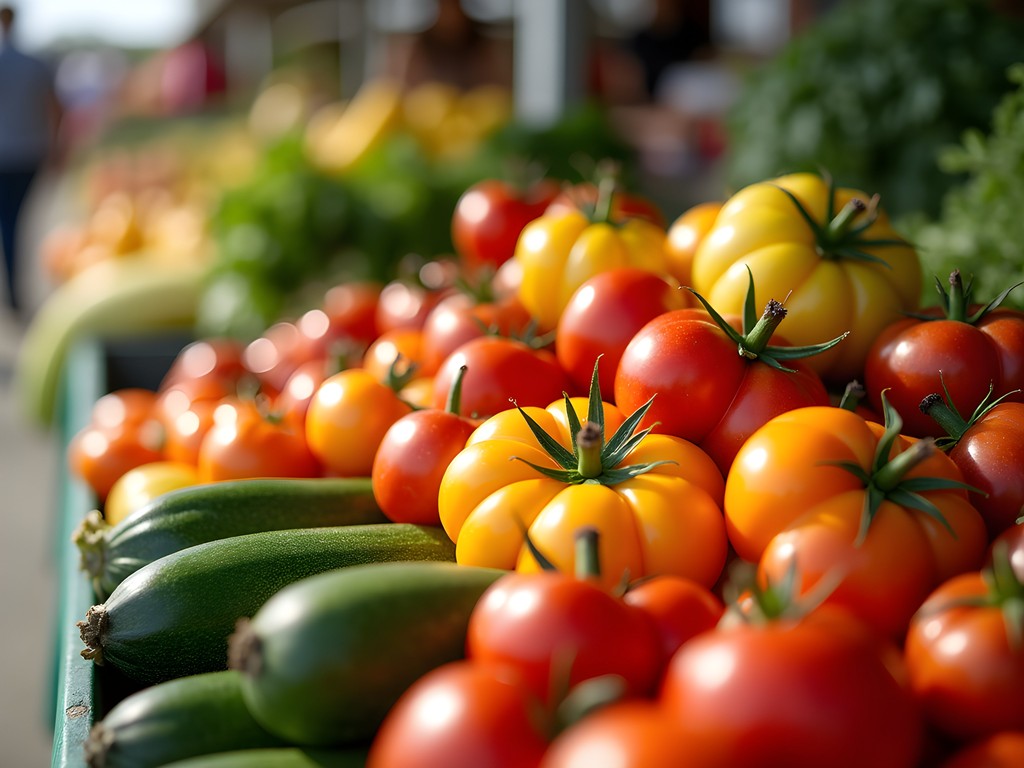
💡 Pro Tips
- Visit the farmers market early for the best selection
- Many vendors accept credit cards, but bring cash for smaller purchases
- Ask farmers about their family histories—many have fascinating stories spanning generations
Silos & Smokestacks: Tracing Agricultural Innovation
The Silos & Smokestacks National Heritage Area extends beyond Waterloo but has several significant sites within the city that offer a systematic view of agricultural development—something my data-oriented mind particularly appreciates. This federally designated heritage area preserves and interprets the story of American agriculture through a network of sites that function like interconnected data points in a vast historical database.
I began at the Cedar Valley Nature Trail, where interpretive signage explains how transportation networks transformed agricultural distribution. Walking along the former railroad corridor, I found myself calculating the efficiency improvements each transportation evolution brought—from river barges to railroads to modern highways—much as I would analyze database performance optimizations.
For families, the Cedar Valley Arboretum & Botanic Gardens offers an excellent educational opportunity. The Children's Garden features plants at various growth stages, creating a living timeline of agricultural cycles. I observed several parents using the garden's design to explain farming concepts to their children, the organized plantings providing a natural framework for understanding.
The Ice House Museum proved unexpectedly fascinating, documenting how ice harvesting from the Cedar River revolutionized food preservation. The precisely documented temperature control methods reminded me of the careful environmental monitoring required for server rooms—both systems requiring exact conditions to function properly.
Navigating between these sites requires transportation planning. I found having a compact binoculars particularly useful for wildlife spotting along the nature trails and observing architectural details on historic agricultural buildings. For families with younger children, the magnification helps engage them with distant features they might otherwise miss.
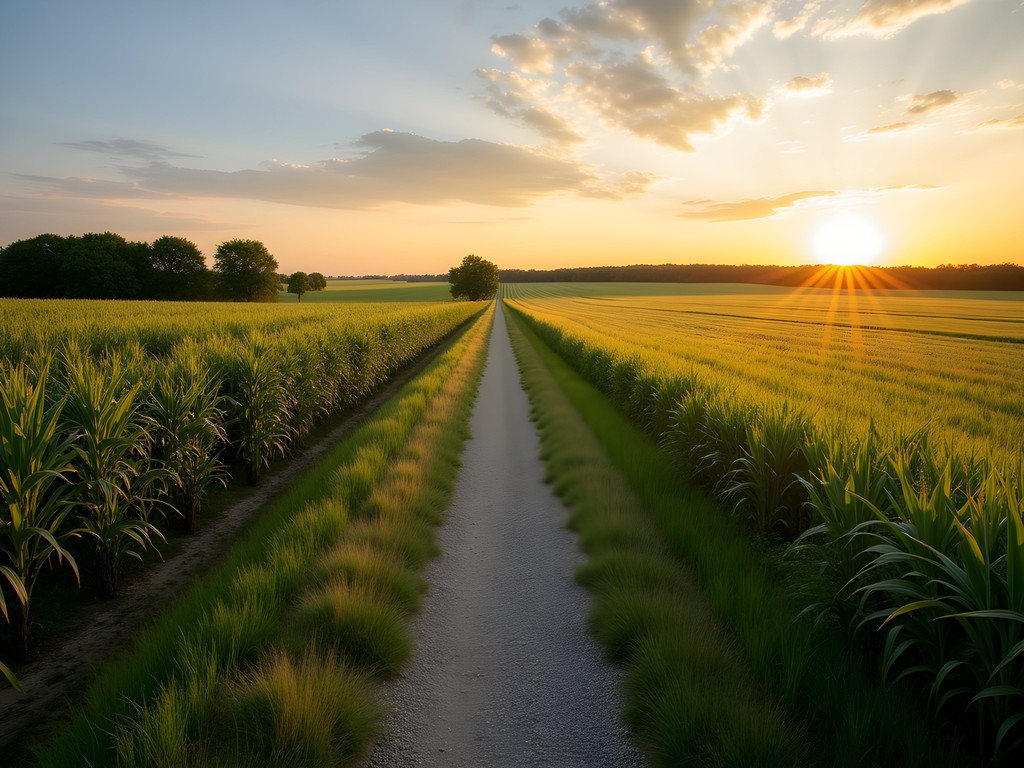
💡 Pro Tips
- Download the Silos & Smokestacks app for self-guided tours
- Many outdoor sites lack shade—bring sun protection even for brief visits
- Visit the Waterloo Center for the Arts for additional context on how agriculture influenced local artistic traditions
Family-Friendly Cultural Immersion Activities
What separates a merely educational visit from a truly immersive cultural experience is active participation. Waterloo offers several opportunities for families to engage directly with agricultural heritage in ways that create lasting connections—much like the difference between viewing a database and actually interacting with its contents.
The Waterloo Center for the Arts hosts regular workshops where children can try traditional crafts that once sustained farm families through long winters. During my visit, a quilting demonstration showed how fabric scraps were transformed into functional art through pattern recognition and systematic assembly—concepts not unlike the data transformations I perform daily.
For a hands-on agricultural experience, Hansen's Farm Fresh Dairy offers tours where visitors can participate in daily farm operations. I watched as children's understanding visibly evolved when they connected the abstract concept of "dairy" to the actual process of caring for cows and processing milk. The farm's ice cream shop provides immediate positive reinforcement for this new knowledge—a teaching technique I've often employed when training new database administrators.
The Ethnic Heritage Museum documents the diverse cultural influences that shaped Waterloo's development, with particular attention to the migration patterns that brought different farming traditions to the region. The museum's collection of traditional tools demonstrates how various cultures solved similar agricultural challenges with distinctly different approaches—a fascinating study in parallel evolution.
For families with younger children, I recommend bringing a kids travel activity kit for downtime between museums. I've observed parents using these effectively to maintain children's engagement during brief rest periods, preventing the mental fatigue that can diminish appreciation for cultural experiences.
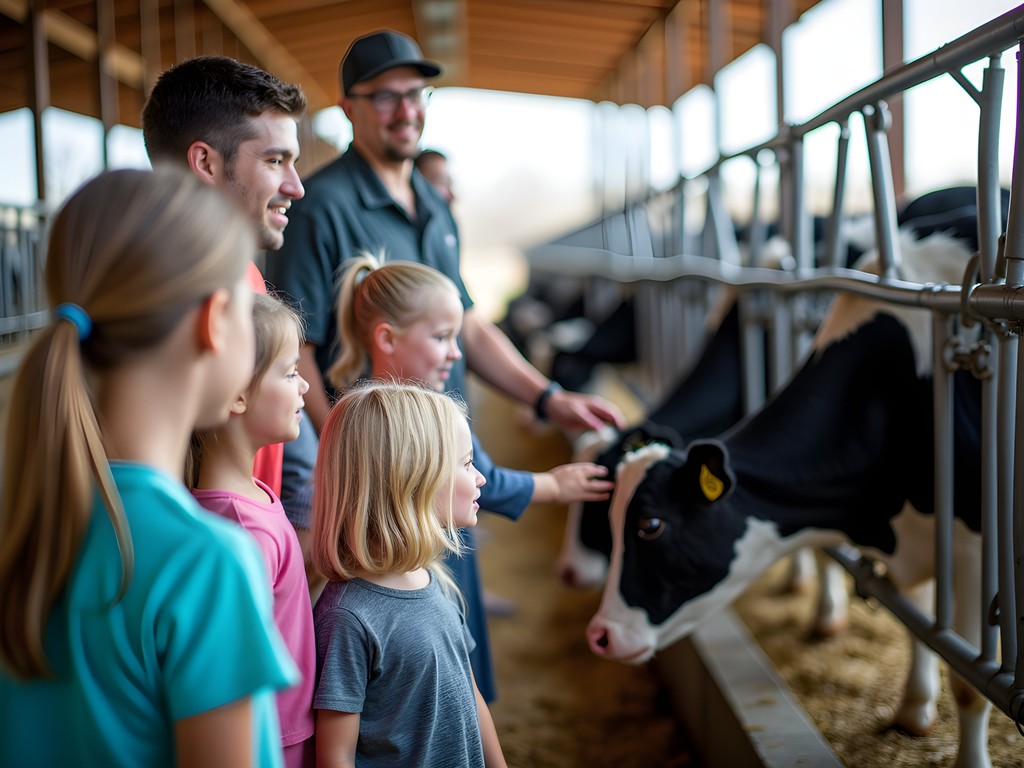
💡 Pro Tips
- Call ahead to confirm workshop schedules at the Waterloo Center for the Arts
- Hansen's Farm tours require closed-toe shoes for safety
- Many cultural sites offer family discount packages—always ask about available options
Final Thoughts
As I departed Waterloo, I found myself reflecting on the parallels between the agricultural patterns preserved here and the geothermal rhythms that initially sparked my travel passion. Both represent systems of remarkable precision operating just beneath the surface of everyday awareness, both worthy of thoughtful documentation. Waterloo may lack the dramatic visual impact of erupting geysers, but its cultural landscape reveals equally fascinating patterns of human innovation and resilience. For families seeking to connect children with America's agricultural heritage, this modest Iowa city offers an accessible, affordable entry point to understanding the systems that sustain us. As you plan your own Waterloo weekend, approach it with the same mindfulness you might bring to a natural wonder—observe the patterns, appreciate the cycles, and recognize how deeply our cultural identity remains rooted in our relationship with the land.
✨ Key Takeaways
- Waterloo's museums offer interactive experiences that make agricultural history engaging for all ages
- The city's cultural sites are budget-friendly and easily navigable in a weekend visit
- Direct participation in agricultural traditions creates more meaningful connections than passive observation
📋 Practical Information
Best Time to Visit
Late May through September, when outdoor sites are fully accessible
Budget Estimate
$250-400 for a family weekend (accommodations, admissions, and meals)
Recommended Duration
2-3 days
Difficulty Level
Easy



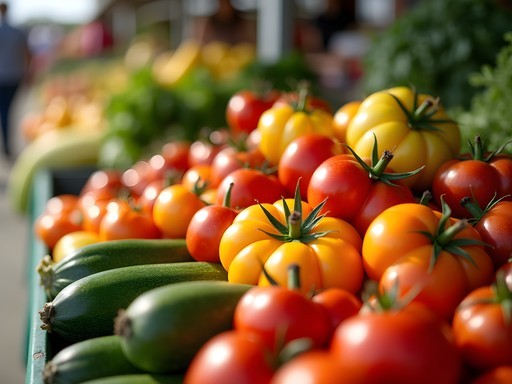
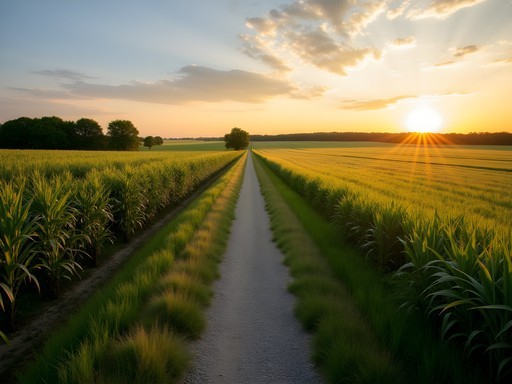
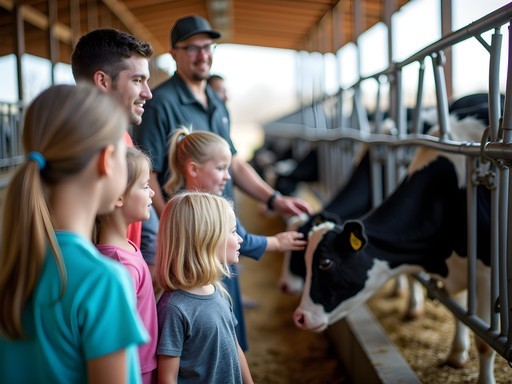








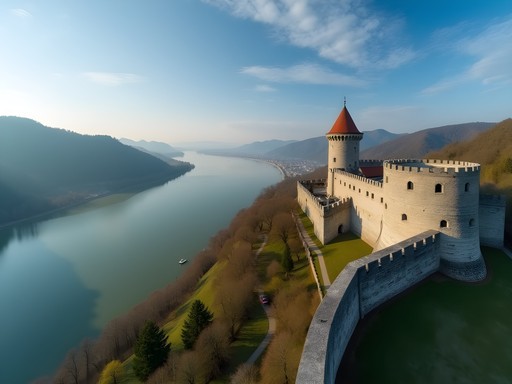

Comments
luckylife
Any recommendations for those farm-to-table restaurants you mentioned? Heading to Waterloo next month and would love to try the local food scene!
coolbuddy
Not the author but we tried Basal's when we were there - amazing fresh food and they tell you which local farm everything came from. Get the corn fritters if they have them!
Timothy Jenkins
Brilliant piece, Owen! Your comparison between agricultural patterns and geothermal rhythms is quite poetic. I visited Waterloo last autumn and was equally impressed by the John Deere Experience. The interactive exhibits showing the evolution of farming technology were particularly fascinating. Did you get a chance to visit the Ice House Museum? It's smaller but offers a unique perspective on how food preservation shaped agricultural communities before refrigeration. The local guides there shared some fascinating stories about ice harvesting from the Cedar River that I didn't find in any guidebook.
coolbuddy
Is the John Deere Experience good for kids? Planning a family trip through Iowa next summer and wondering if my 8-year-old would enjoy it or get bored.
Timothy Jenkins
Absolutely! There are plenty of hands-on exhibits where kids can climb on tractors and operate simplified machinery models. My nephew loved the simulator where you can 'drive' a modern combine harvester. Just be sure to check their workshop schedule - they often have kid-friendly activities on weekends.
sunnytime
Never thought of Iowa as a travel destination but this makes me want to visit! Those tractor exhibits look amazing.
Timothy Jenkins
I felt the same before visiting America's heartland. The agricultural heritage sites are surprisingly engaging, especially if you appreciate industrial history!
sunnytime
Good to know! Might add it to our cross-country road trip next year.
redbuddy
Did you try any local restaurants? I'm always on the lookout for good food spots when traveling to smaller cities.
Owen Morris
Newton's Cafe downtown was my go-to for breakfast - they source almost everything locally. For dinner, try Basal Pizza - they use ingredients from farms mentioned in the Silos & Smokestacks section of my post. The farm-to-table connection is real there!
redbuddy
Thanks! Adding those to my list. Love finding places that showcase local ingredients.
sunnychamp
Great write-up! We're planning a Midwest road trip this summer and might add Waterloo to our itinerary. How kid-friendly are these museums? We'll have our 7 and 9 year olds with us. Also, any recommendations on where to stay?
Owen Morris
The John Deere Experience is super kid-friendly! They have these huge tractors kids can climb into and interactive exhibits. For accommodations, I stayed at the Fairfield Inn downtown which was convenient to everything. If you're looking for something more unique, try the guidebook - it has some great B&B recommendations for the area.
nomadclimber
My nephew LOVED the tractor simulator at John Deere when he was 8! There's also a children's museum in the Grout complex that's perfect for that age.
nomadclimber
LOVED this post!! I grew up near Waterloo and the Farm to Table section brought back so many memories! Newton's Paradise farm still has the best apple cider donuts in fall. If anyone visits in September, you HAVE to try them fresh when they're making them on-site. The Grout Museum was my favorite field trip as a kid - so cool to see it getting some love here! Owen, your comparison to geothermal patterns is so unique and thoughtful!
sunnychamp
Those apple cider donuts sound amazing! Is Newton's Paradise farm open year-round or just seasonally?
nomadclimber
They're open April through November, but September-October is peak season when they have all the fall activities going on. Definitely worth planning around!
Frank Garcia
Fascinating parallel between geothermal patterns and agricultural rhythms, Owen. I spent three days in Waterloo last summer during my cross-country trip and was equally impressed by the John Deere Experience. The technological evolution showcased there provides remarkable insight into how agricultural innovation has shaped American identity. Did you get a chance to visit the Ice House Museum as well? It's smaller but offers an interesting perspective on pre-refrigeration food preservation techniques that complements the agricultural narrative.
Owen Morris
Thanks Frank! I did miss the Ice House Museum - ran out of time. Adding it to my list for when I return.
Frank Garcia
Definitely worth it for your next visit. They have this fascinating collection of ice harvesting tools that really makes you appreciate modern refrigeration!
photoninja
Never thought of Waterloo as a travel destination but those John Deere exhibits look awesome! Adding to my list.
phototime
Your photos of the Grout Museum are stunning! The lighting and composition really capture the historical feel of the place. I've driven through Iowa many times but never stopped in Waterloo - definitely adding it to my list now. The agricultural history angle gives it so much more depth than just another Midwest town.
Amit Sullivan
Owen, your comparison between geothermal patterns and agricultural rhythms resonated with me deeply. I visited Waterloo last autumn during harvest season, and the golden fields against the industrial backdrop of the John Deere facilities created a visual poetry I wasn't expecting. The Grout Museum's 'Science of Farming' exhibit was particularly enlightening - they've done a remarkable job connecting historical farming practices to modern sustainability challenges. For anyone visiting, I'd recommend bringing a good travel journal - there's something about the heartland that inspires reflection. Don't miss the Cedar Valley Arboretum either - it's a bit outside the main tourist path but showcases the native plants beautifully.
redking
Arboretum was closed when I went. Good tip.
Venture X
Premium card with 2X miles, $300 travel credit, Priority Pass